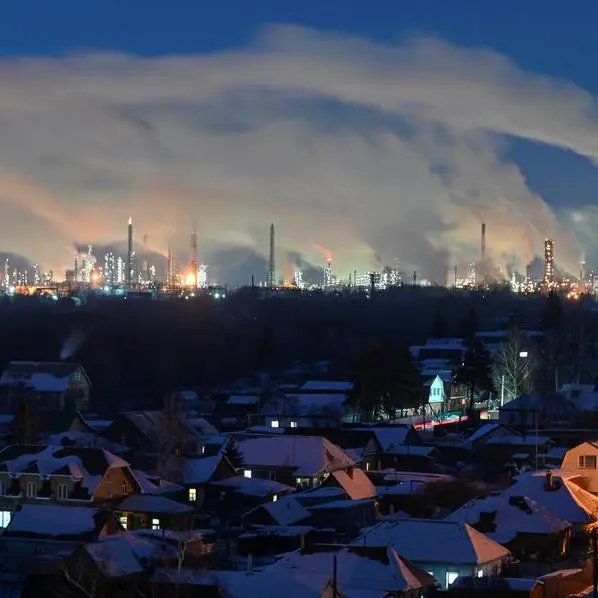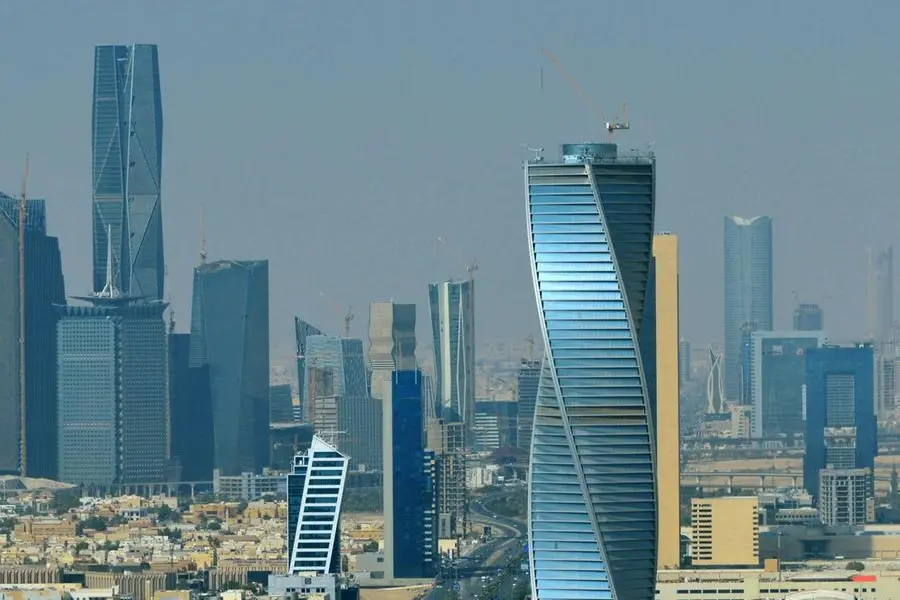PHOTO
FILE PHOTO: A worker uses a welding torch to weld an iron machine at the construction site of a flyover in New Delhi January 6, 2014. REUTERS/Anindito Mukherjee/File Photo
LONDON - China's manufacturing sector contracted for the third straight month in June.
The official purchasing managers' index (PMI) came in at 49.0, a slight improvement on May but still below the 50-point mark that separates expansion from contraction.
The Caixin PMI, which is generated from surveys of smaller, more export-oriented companies, was slightly better at 50.5 but that was down from May levels.
Taken together, the PMIs suggest China's giant factory sector is struggling to maintain its early-year momentum and base metals are paying the price.
The year started with high expectations of a super-charged Chinese rebound after last year's stringent lockdowns but that has not happened.
Indeed, the weakness has extended beyond China with both Europe and the United States also experiencing manufacturing downturns.
The London Metal Exchange (LME) index of base metals has sunk from a January high of 4,356 to 3,704.
Prices would likely be lower still were it not for strong green demand channels and stubbornly low visible inventories.
OLD VS NEW ECONOMY
What happened to the metals super-cycle?
Actually, there is plenty of evidence that energy transition sectors such as grid investment are doing just fine.
China's spend on its national power network declined marginally during 2015-2020, but 2021 marked a turnaround with investment rising further in 2022 and the pace accelerating this year, according to analysts at Citi.
Grid spending rose by 11% over the first five months of 2023 and was the highest January-May investment since 2017, Citi notes.
This should be good news for metals such as copper and aluminium.
The problem is that green demand channels are doing no more than offsetting long-running weakness in China's property sector, which has been the prime driver of the country's metals demand for more than a decade.
The impact of China's property woes is evident in soft iron ore and ferrous markets, steel products such as rebar being particularly exposed to reduced construction activity.
ELATIVE WEAKNESS
Only one core LME metal bucked the generally weaker trend in the first half of the year.
Tin closed June at $26,787 per metric ton, up 7.5% on the start of January. Tin has been caught in another sharp squeeze, the cash premium over three-month metal flexing out to $1,704 per metric ton in June, the widest it's been since late 2021.
Copper was essentially unchanged at the end of last month relative to the start of the year and the other four constituents of the LME index all traded out June at lower levels.
Nickel and zinc were particularly hard hit, falling by 34% and 21% respectively over the first six months of 2023.
The two metals share a narrative of over-supply, although zinc has fallen to a level that is now causing real pain for some producers.
Sweden's Boliden last month announced the suspension of operations at its Tara mine in Ireland due to what it called "tremendous unsustainable losses".
Cost-curve considerations may limit zinc's downside from here but are unlikely to do the same for nickel, which is being weighed down by a surge of new Indonesian production capacity.
Not that you would know it from LME nickel stocks, which fell by 16,872 metric tons, or 32%, over the first six months of 2023.
Nickel's problem is that Indonesia's production surge is in a form of the metal that is not deliverable to either the LME or the Shanghai Futures Exchange.
The betting is that the explosion of Class II production will eventually spill over into the market for Class I metal that is traded on both exchanges. The exact timing of that cross-over remains a key talking-point in the nickel market.
LOW STOCKS
It's not just nickel that is trading in a low stocks environment.
LME copper stocks also fell by 18,850 metric tons over the first half of the year to 69,700 metric tons, half of which is cancelled and awaiting physical load-out.
Both zinc and lead have recently seen more arrivals in the LME warehouse system but the increases have been modest and not yet enough to generate a sustained rebuild in inventory from what have been extremely depleted levels.
Indeed, LME zinc stocks have seen heightened cancellation activity over the last couple of weeks with 20% of registered inventory now awaiting load-out.
Total LME inventory of all metals rose by 124,000 metric tons over the first six months of 2023, largely reflecting a 94,000-metric ton net build in aluminium inventory.
However, open tonnage rose by a more modest 91,500 metric tons, attesting to the continued high cancellation rates seen in several of the core base metal contracts.
Exchange inventory remains a key contrarian signal in the broader recessionary environment and is deterring more aggressive bear plays.
All the LME core metals with the single exception of nickel have experienced time-spread tightness at some stage this year,
WAITING FOR CHINA ... AGAIN
Industrial metals, it seems, can't yet break free from their dependence on China's old-economy drivers such as property and exports.
Even super-bull Goldman Sachs has been forced to temper its price forecasts in the face of what threatens to be a synchronized downturn in global manufacturing activity.
"The potential for sustained bullish momentum in prices will likely be tied to an improvement in China activity data momentum," the bank said in a May 23 research note.
Which leaves metal markets hoping, once again, that China's policymakers will dial up the infrastructure spend to escape the current low-growth trap.
The green super-cycle may be starting to take shape but isn't yet strong enough for metals to reach escape velocity from the old industrial cycle.
The opinions expressed here are those of the author, a columnist for Reuters.
(Editing by Alexander Smith)





















